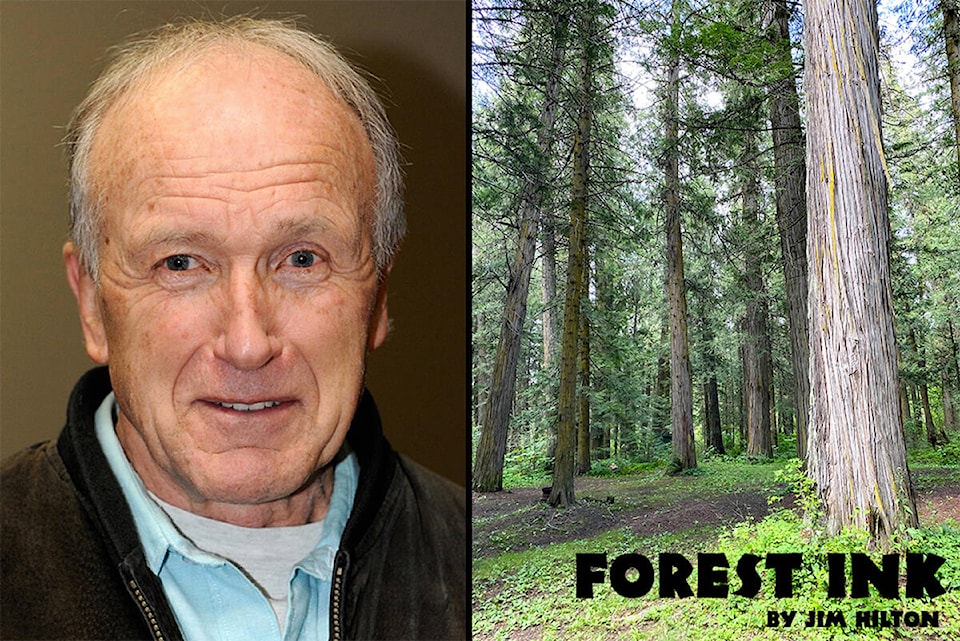I will be the first to admit supporting the establishment of a wood pellet processing plant in Williams Lake which I thought would finally reduce the burning of logging slash piles around our communities.
One of the strongest features of wood pellets is the use of almost any kind of fibre to produce a variety of burning products (as well as pellets) that can be easily transported in bulk to the end user.
Because the value-added pellet product established markets overseas largely based on being derived from waste products of the lumber industry it was supported by subsidies which helped ensure its growth.
Thanks to a reader who commented on an article I wrote last year on wood pellets he pointed out the growing concerns about where B.C.’s wood pellet industry is headed.
There are a number of resources about the pros and cons of wood pellets and I highly recommend one written by a coalition of authors from a variety of organizations.
In an article entitled “Cut Down Trees Just to Burn Them? We Can Do Better,” authors Scott Doherty, Gary Fiege, Ben Parfitt and Michelle Connolly describe how there is an alarming amount of logs being harvested to make wood pellets rather than using the residual logging material that was first used in the early pellet facilities.
Their research, including photographs and video footage obtained in 2021, shows an alarming trend. Tens — if not hundreds — of thousands of cubic metres of logs from primary forests, which have never been subject to industrial logging, are piling up at Drax operations in Smithers, Houston, Burns Lake and outside Quesnel.
Another article written in 2021 by Parfitt for The Canadian Centre for Policy Alternatives (CCPA’s ) provides research showing that from 2010 through 2020, three wood pellet companies in B.C. took at least 1.3 million cubic metres of logs out of the province’s forests.
The CCPA derived the numbers using a searchable database known as the Harvest Billing System, which is maintained by B.C.’s Ministry of Forests, Lands, Natural Resource Operations and Rural Development.
“The database provides details on logged trees by or on behalf of companies, where the trees were logged, the quality of the logs and what companies paid in stumpage fees to the Province for each tree they logged.
In the case of Pinnacle’s 95 per cent of all the trees ascribed to it in the database were in areas of forest auctioned by BC Timber Sales, an arm of the B.C. government. The data show that Pinnacle paid an average of $20.57 for each cubic metre of trees it logged during those years and that its total payments to the Province were more than $13.27 million. Most of its logs came from the Quesnel region, including trees from the extremely rare interior temperate rainforest to the east of Quesnel.”
As I have done in the past I encourage readers to go the sources listed above to get more details. While the log decks shown in the photos are huge some of the material appears to be small diameter and possibly deciduous and much appears of usable quality for alternative uses.
Jim Hilton is a professional agrologist and forester who has lived and worked in the Cariboo Chilcotin for the past 40 years. Now retired, Hilton still volunteers his skills with local community forests organizations.
Do you have a comment about this story? email:
editor@wltribune.com
Like us on Facebook and follow us on Twitter.
